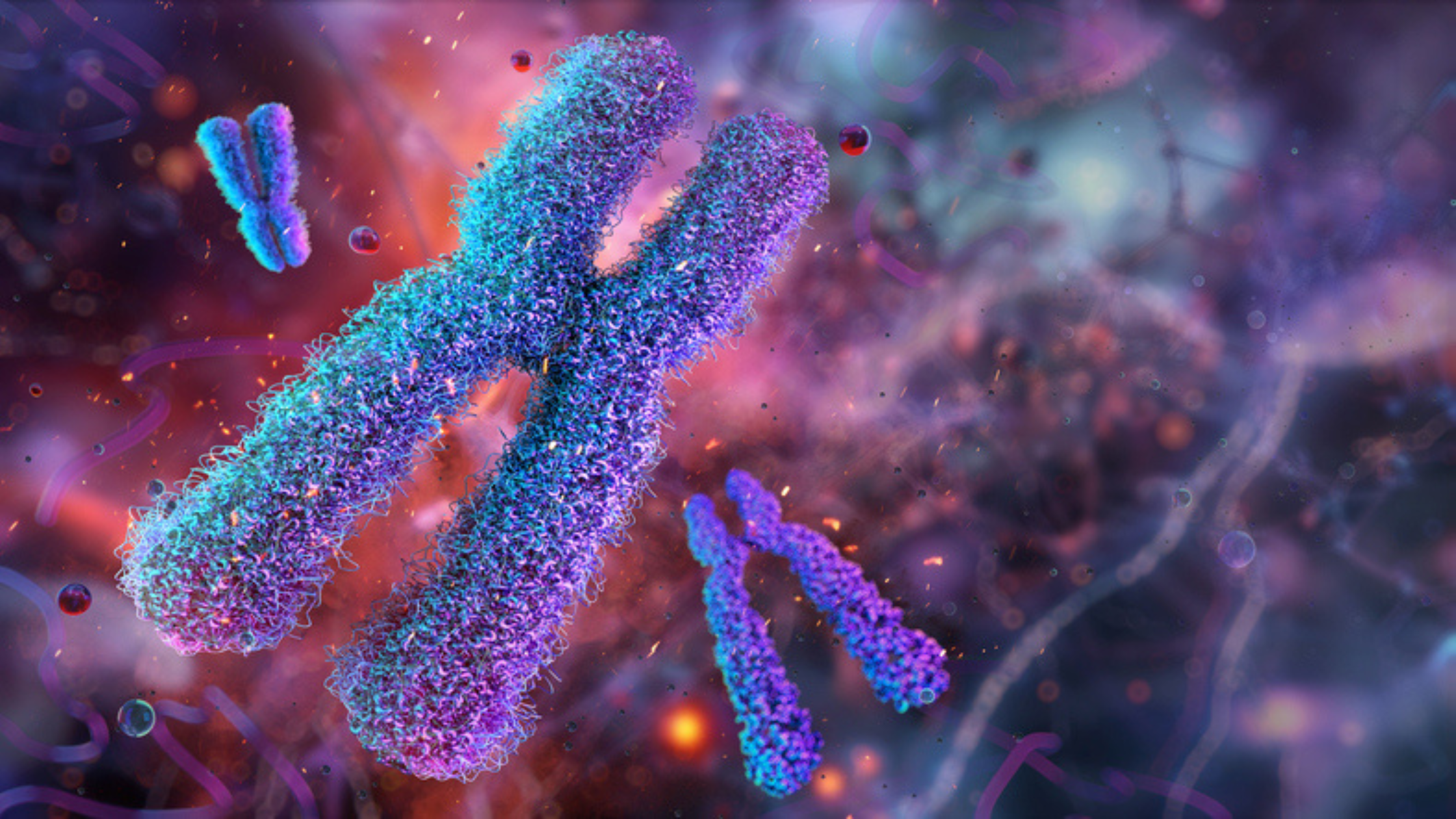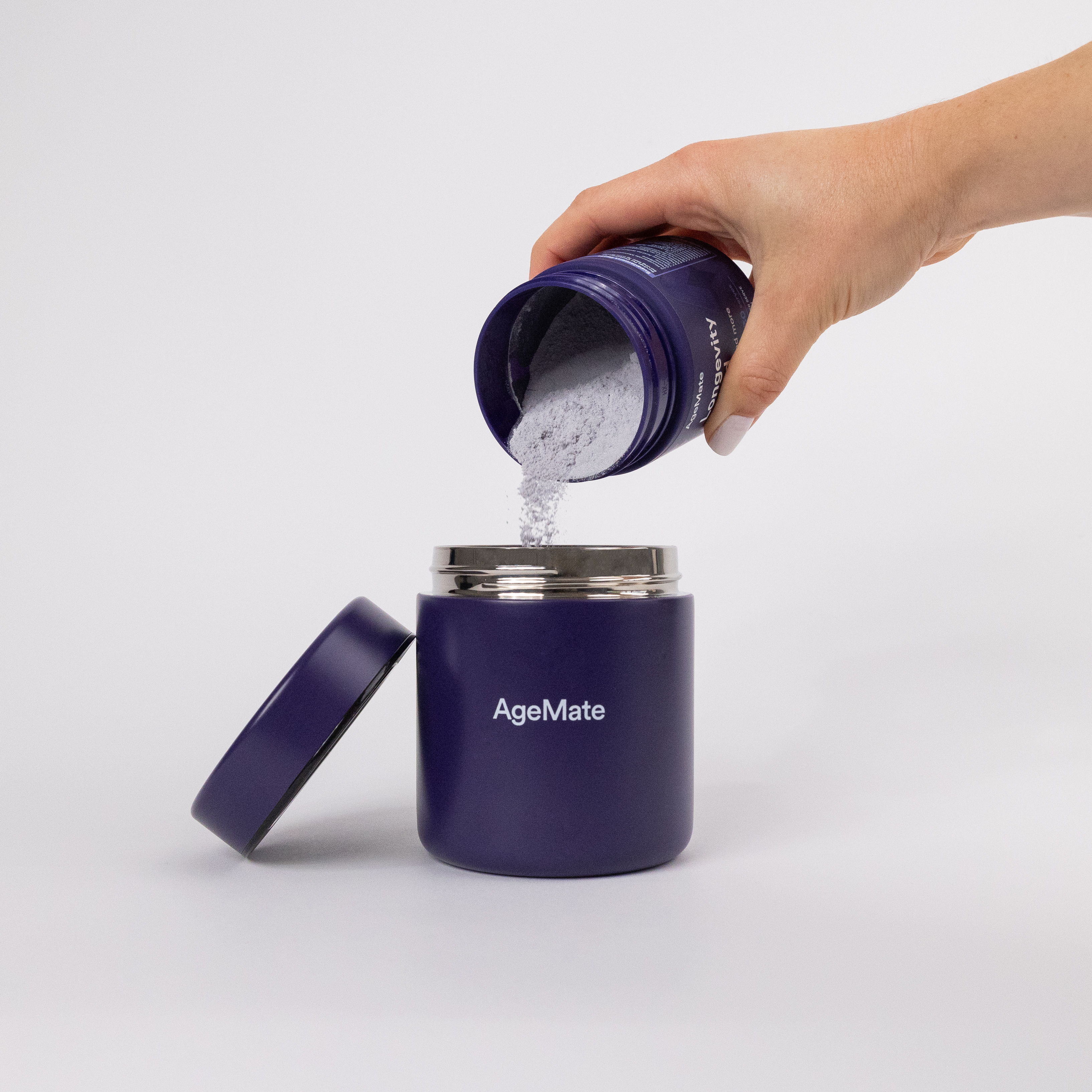Key Takeaways
-
GLP-1 boosters are known to play a role in blood sugar, control appetite, and support healthy ageing.
-
These compounds aren’t just for diabetes—they’re increasingly popular for energy, brain health, and weight management.
-
You can stimulate GLP-1 through certain foods and lifestyle habits.
Did you know there’s a hormone in your gut that can help you feel fuller, sharper, and more energised. It’s called GLP-1, or glucagon-like peptide-1, and it’s getting global attention not just for managing diabetes, but for its exciting role in healthy ageing.
GLP-1 boosters are emerging as an exciting new chapter in the field of longevity science. Whether you’ve heard of them from weight loss medications like Ozempic or simply want to support your body naturally as you age, understanding GLP-1 is a game-changer.
Let’s explore what GLP-1 is, how it works, and—most importantly—how you can boost it naturally to support a healthier, more vibrant life.
Understanding GLP-1: Your Body’s Own Wellness Messenger
GLP-1 is a hormone made in the intestines, specifically by cells called L-cells, when you eat. It signals your pancreas to release insulin, slows stomach emptying, and helps regulate your appetite. In short, it keeps your blood sugar steady, your energy balanced, and your cravings under control.

But here’s the exciting part: GLP-1 doesn’t just help with metabolism. Studies show it also plays a role in protecting brain cells, improving memory, and reducing inflammation—all key factors in healthy ageing (R).
Even more fascinating, GLP-1 receptors have been found in the hippocampus, the part of your brain that’s critical for memory. Boosting GLP-1 could potentially help defend against cognitive decline—without the need for medication (R).
How GLP-1 Boosters Support Healthy Ageing
As we age, our body’s natural production of GLP-1 can decline. Meaning a slower metabolism, reduced insulin sensitivity, and an increased risk of weight gain or type 2 diabetes. But there’s good news: stimulating GLP-1 through diet and lifestyle can help offset these effects.
Here’s what GLP-1 boosters may do:
- Regulate blood sugar levels, keeping energy dips at bay
- Enhance satiety, making it easier to maintain a healthy weight
- Improve insulin sensitivity, even without diabetes
- Support neuroprotection, potentially lowering the risk of dementia
- Reduce inflammation, a key driver of biological ageing
GLP-1-based therapies are also being researched for Alzheimer’s and Parkinson’s disease (R).
Natural Ways to Boost Your GLP-1 Levels
Here’s where it gets empowering. Your everyday habits can naturally increase GLP-1 levels.

Eat More Protein and Fibre-Rich Foods
High-protein meals—especially from fish, legumes, and eggs—stimulate more GLP-1 release after eating. Soluble fibre (like oats, chia seeds, and psyllium husk) also plays a role by slowing digestion and feeding the gut bacteria that help activate L-cells (R).
Embrace Fermented Foods
Your gut microbiome is closely linked to GLP-1 secretion. Sauerkraut, kefir, miso, and even kombucha help diversify your gut flora and improve L-cell activity (R).
Intermittent Fasting
While not for everyone, mild intermittent fasting can activate GLP-1 by positively challenging your metabolic pathways. Always consult your doctor before making drastic changes (R).
Move Your Body After Meals
Post-meal walks, resistance training, and aerobic exercise all stimulate GLP-1 while improving your body’s response to insulin. The result? More stable energy and better weight control.
Eat Slowly
In one study, healthy individuals who chewed 30 times per bite increased endogenous GLP‐1 compared with usual eating. Further, eating the same meal slowly for 30 minutes instead of 5 minutes resulted in higher concentrations of GLP‐1 (R).
The Ozempic Connection—And Natural Alternatives
If GLP-1 sounds familiar, you might be thinking of Ozempic, the diabetes medication that mimics GLP-1 and is now widely used off-label for weight loss. These drugs work by activating GLP-1 receptors (R).
While natural GLP-1 boosters may support metabolic health and longevity, they are not a substitute for prescribed medications or professional healthcare. Always consult with a qualified healthcare provider before making changes to your health regimen, especially if you have a medical condition or are taking prescription medications.
GLP-1, Your Brain, and the Ageing Gut
There’s another layer to this fascinating hormone: it doesn’t just act on the gut and pancreas—it also travels to the brain. In fact, GLP-1 plays a role in how we perceive hunger, stress, and even reward (R).
For older adults, this is particularly relevant, as changes in appetite, mood, and memory can occur with age. Boosting GLP-1 can help rebalance these systems and support mood and cognitive clarity (R).
Additionally, since your gut health is tightly linked to immune function, enhancing GLP-1 also supports your body’s ability to fight inflammation and maintain resilience over time. It’s all connected—and GLP-1 is one of the key messengers (R).
Small Changes, Big Longevity Rewards
What’s wonderful about GLP-1 boosters is that they don’t require a massive overhaul. You can start small—by tweaking your breakfast to include more fibre and protein, sipping green tea in the afternoon, or taking a brisk 15-minute walk after dinner.
Over time, these small shifts can lead to better energy, easier weight control, and even improved mental clarity. And while no one magic bullet exists for ageing well, GLP-1 boosters are a powerful addition to your wellness toolkit.
If you’re feeling inspired to make healthier longevity-supporting choices, check out our blog: Why Do We Gain Weight as We Age?
This article is for general informational purposes only and is not intended to be medical advice or a substitute for professional healthcare. No therapeutic claims are made or implied. Always consult your doctor before making changes to your health regimen.





